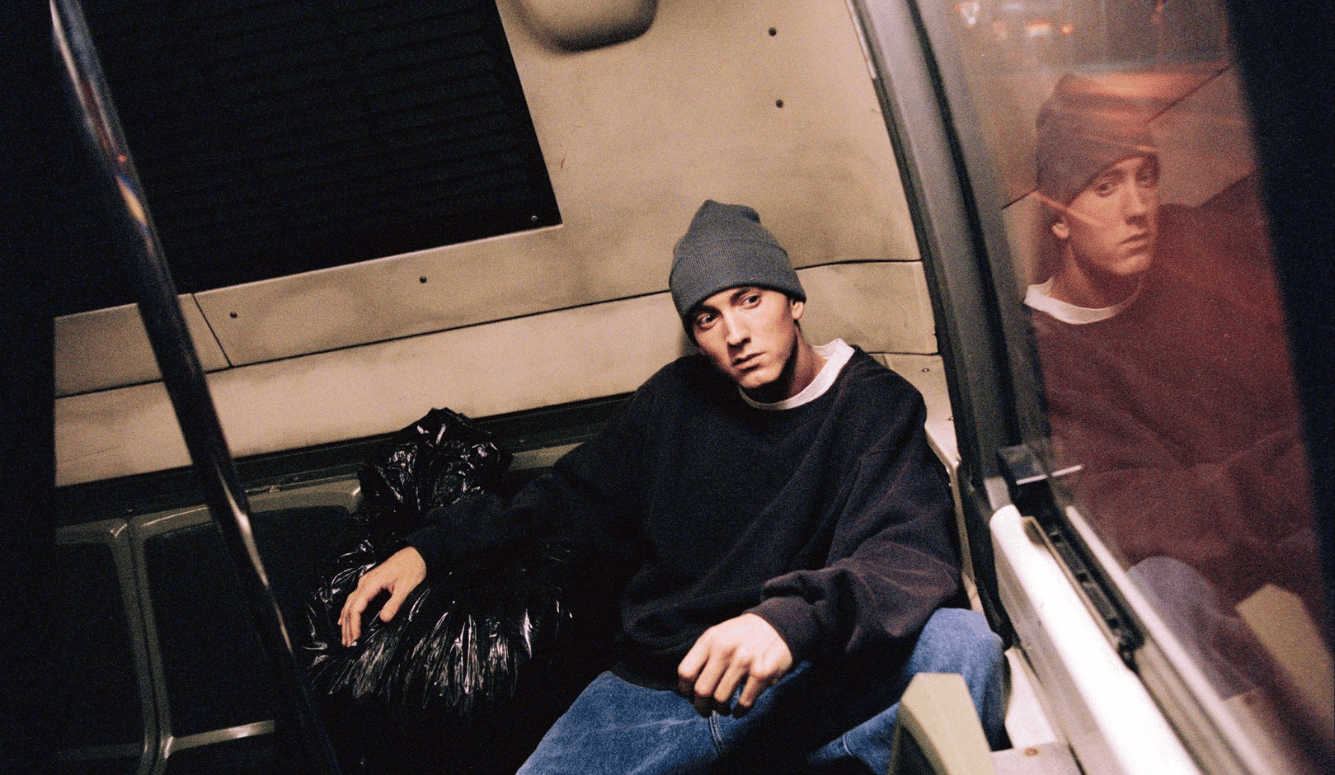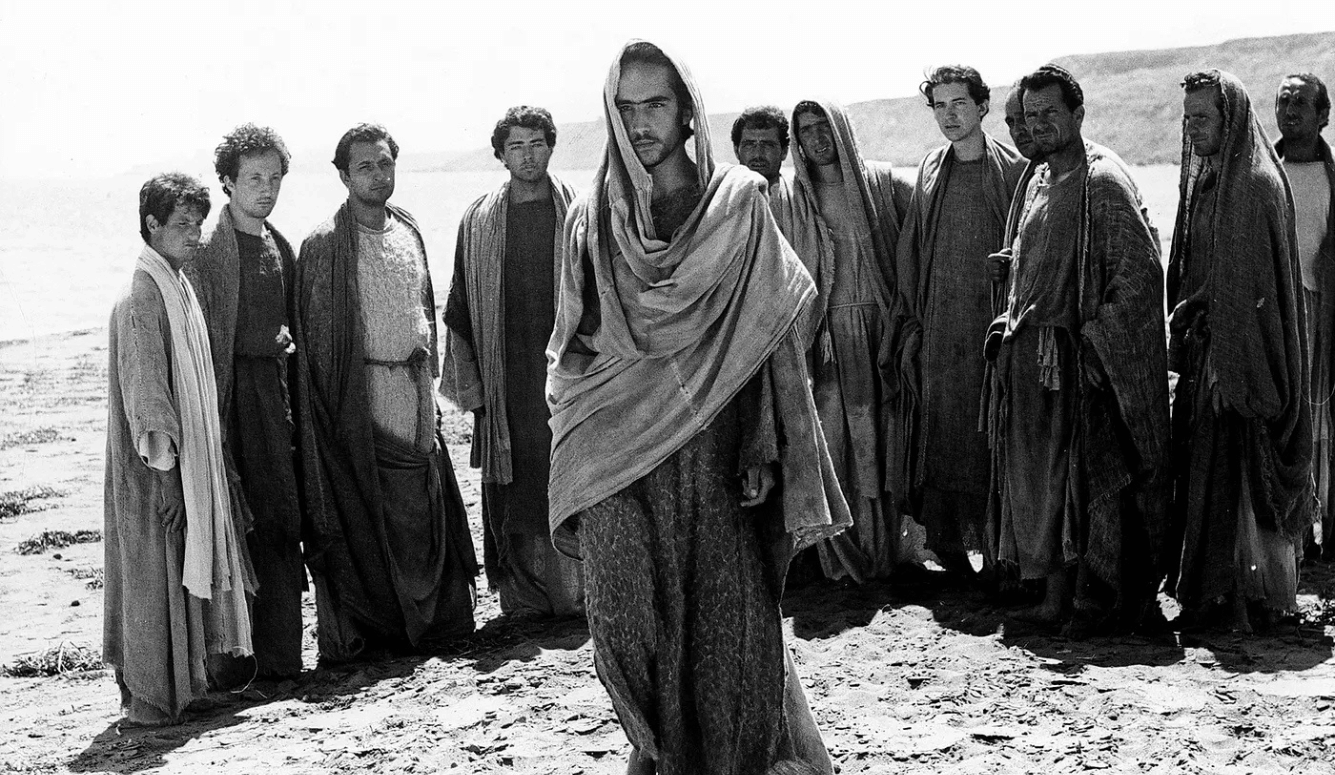Art and Culture
Slim Shady’s Blues
Eminem’s music helped him to cope with his own suffering. It also helped his listeners cope with theirs.

Before American musician Marshall Mathers made a name for himself as the global cultural sensation Eminem, he was already a gifted lyricist and wordsmith on the Detroit underground scene. “I’ve been writing lyrics since I was like fourteen years old,” he explained at a press conference some years ago, “and just the more I wrote the better I kept getting at it.” His lyrics are sometimes outrageous, but they can just as often be thoughtful and introspective. This made Mathers a somewhat unusual figure on the notoriously macho American hip-hop scene and helped him reach an audience beyond the genre’s traditional fan base. As he explained in his 2008 memoir, The Way I Am: “I’m not alone in feeling the way I feel. I believe that a lot of people can relate to my shit—whether white, black, it doesn’t matter. Everybody has been through some shit, whether it’s drastic or not so drastic. Everybody gets to the point of ‘I don’t give a fuck.’”
Consider the lesser-known track “If I Had” from his second studio album, The Slim Shady LP in 1999—the record that really established his voice and introduced the world to his alter-ego, Slim Shady. It’s a tragic song about failure, poverty, and broken selfhood that opens with a self-penned poem about life, the world, and other people. It begins like this:
What is life?
Life is like a big obstacle in front of your optical to slow you down,
And every time you think you’ve gotten past it,
It’s gonna come back around to tackle you to the damn ground.





